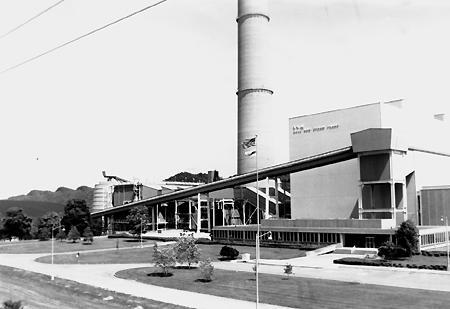


The U.S. Fuel Cycle Study team at Oak Ridge National Laboratory
developed a methodological framework to estimate environmental externalities associated with
energy produced by coal. This methodology will be applied to nuclear, biomass, natural gas,
oil, and hydro fuel cycles, as well.

How are the externalities associated with fuel cycles estimated?

Externalities are effects of electric power on the welfare of others. A fuel cycle consists of the stages in generating electric power such as mining, transportation, and waste disposal. This study was conducted for the U.S. Department of Energy and the Commission of the European Communities. It addressed the different fuel cycles of coal, biomass, nuclear technologies, hydropower, and natural gas.
Major products of the study are a methodological framework and a set of analytical tools that can be used at each step of the methodology. The study emphasizes that externalities generally depend on the design of the power plant, its location, and the extant regulations that may have some of the damages already reflected in the price of electric power. Numerical examples in the study suggest that some of the more important externalities for different fuel cycles are:

Lee, R., et al. 1995. External Costs and Benefits of Fuel Cycles, 7 Volumes. ORNL/RFF. McGraw-Hill/Utility Data Institute, Washington, D.C.
Integrated Assessment Briefs. 1995. ORNL/M-4227. Oak Ridge National Laboratory, Oak Ridge, TN.